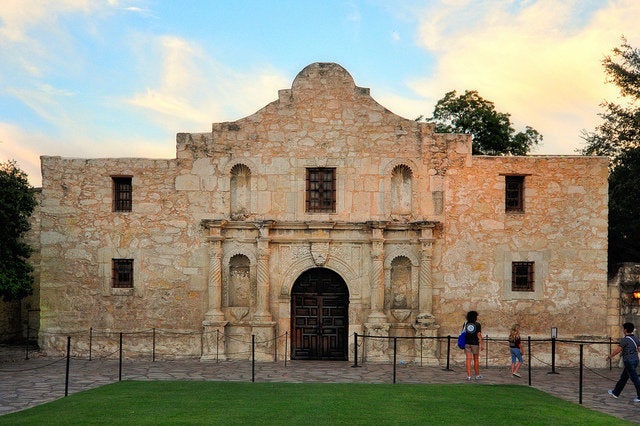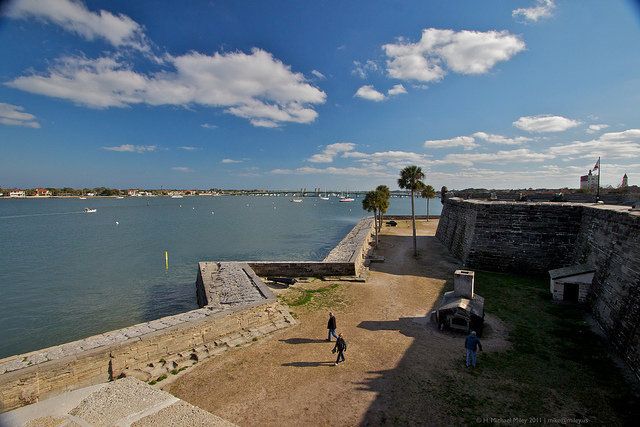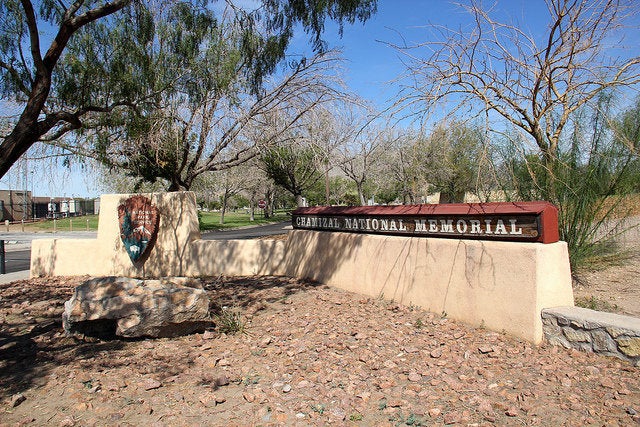It's no secret that the U.S. population is becoming more and more Hispanic. According to U.S. Census data from 2013, 17 percent of Americans are Hispanic, making this group the largest ethnic minority in the country. And this number is only expected to continue growing. By 2060, it's estimated that 31 percent of our nation's population will be Hispanic.
It should come as no surprise that these numbers are so high, especially when you consider American history. Until the mid-19th century, nine states were either part of New Spain or Mexico before being incorporated into the United States. Florida, California, Texas and the Southwest are still very influenced by Hispanic culture and have the highest population of Hispanics in the entire country.
With our nation's Latino roots in mind, we've partnered with the Comfort Inn® brand to bring you a list of the most historically rich heritage sites across the United States. So whether you consider yourself Hispanic or not, be sure to check out these areas across the country to learn a little more about the history of a very prevalent group of Americans.


In February 1836, the Battle of the Alamo occurred, which made the site famous to this day. A Mexican force of over 1,000 men besieged the fort, which was being defended by 200 volunteer Texan soldiers, including Davy Crockett. Vastly outnumbered, the Texan soldiers held out for 13 days but died at the hands of the Mexican troops.
A month later, Texan General Sam Houston led a surprise attack on the Mexican forces, an 18-minute battle that allowed them to achieve independence. The siege on the Alamo became a huge symbol of Texas power and resistance in their battle for independence against Mexico, which is why everyone now knows that famous phrase: "Remember the Alamo!"

Since its construction, the fort has been under the power of multiple groups: the Spanish, the British, the United States and the Confederate States of America. Surprisingly, control of the fort always came about through military agreements or political treaties and never through force.

Coronado was a Spanish governor chosen to lead a group of settlers in an exploration of the land to the north of Mexico. There were rumors circulating that this uncharted territory had cities decorated with gold and jewels. He entered what is now Arizona along the San Pedro River valley and then continued along what is today known as the Colorado Trail.
The memorial is known a great place to hike and explore an isolated area of the beautiful Southwest.

Chavez is remembered for greatly reforming the wages and working conditions for farm workers, many of whom were Latino.
The current monument includes the place where Chavez lived and worked in the later part of his life. The site also encompasses the renovated Villa La Paz, a conference and education center where Chavez held meetings with fellow civil rights activists. Villa La Paz still hosts events that carry on the legacy of Chavez’s work.

In the mid-1800s, a flood altered the course of the Rio Grande, which was used as the boundary between Mexico and the United States. With the new course, a piece of land called the Chamizal Tract, which was once on Mexican soil, was now on American soil. Also, Cordova Island, a Mexican enclave in the United States, did have not a definitive international border. Because of this ambiguity, the island became an area rampant with drug trafficking and illegal immigration. With the Chamizal Treaty, both of these disputes were finally resolved in a peaceful way that became a milestone for diplomatic relations. Mexican President Adolfo Lopez Mateos and U.S. presidents John F. Kennedy and Lyndon B. Johnson were critical in the treaty’s success and implementation.
Today, the Chamizal National Museum hosts cultural performances that show how two countries' traditions can blend together and learn from each other.

San José is the largest mission in San Antonio, established in 1720 and completed in 1782. Spanish designers, who workers with the Coahuiltecan tribe, built the mission using Texas limestone and brightly colored stucco. At its peak, the mission was a meeting place for over 300 Native Americans. The mission also had its own grain mill and granary, which have both been preserved.
Mission San Juan was established in 1731. It was once a self-sustaining community that included a half-built church. The church was never completed due to a decline in the population.
Espada, the southernmost of the four missions, was also established in 1731. The site currently includes the most well-preserved segment of the acequia (irrigation system) that was used to bring water to the fields in the 1700s. Part of the acequia is still used today.
The church at Concepcion looks much like it did in 1755 during its dedication and is known as the oldest unrestored church in the entire United States.
Stay with Comfort Inn® for a good night's sleep before checking out these incredible historic sites.
This post has been corrected to identify the fate of the Texan soldiers defending the Alamo.